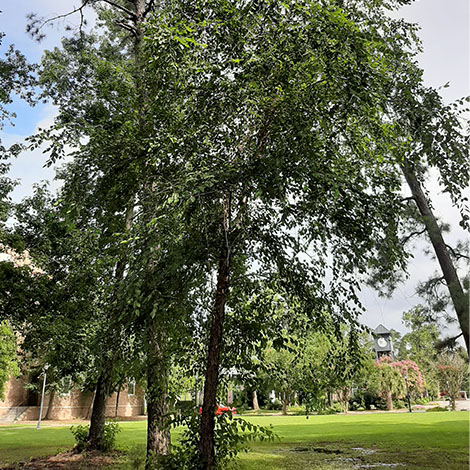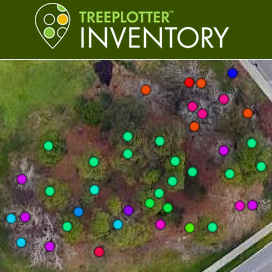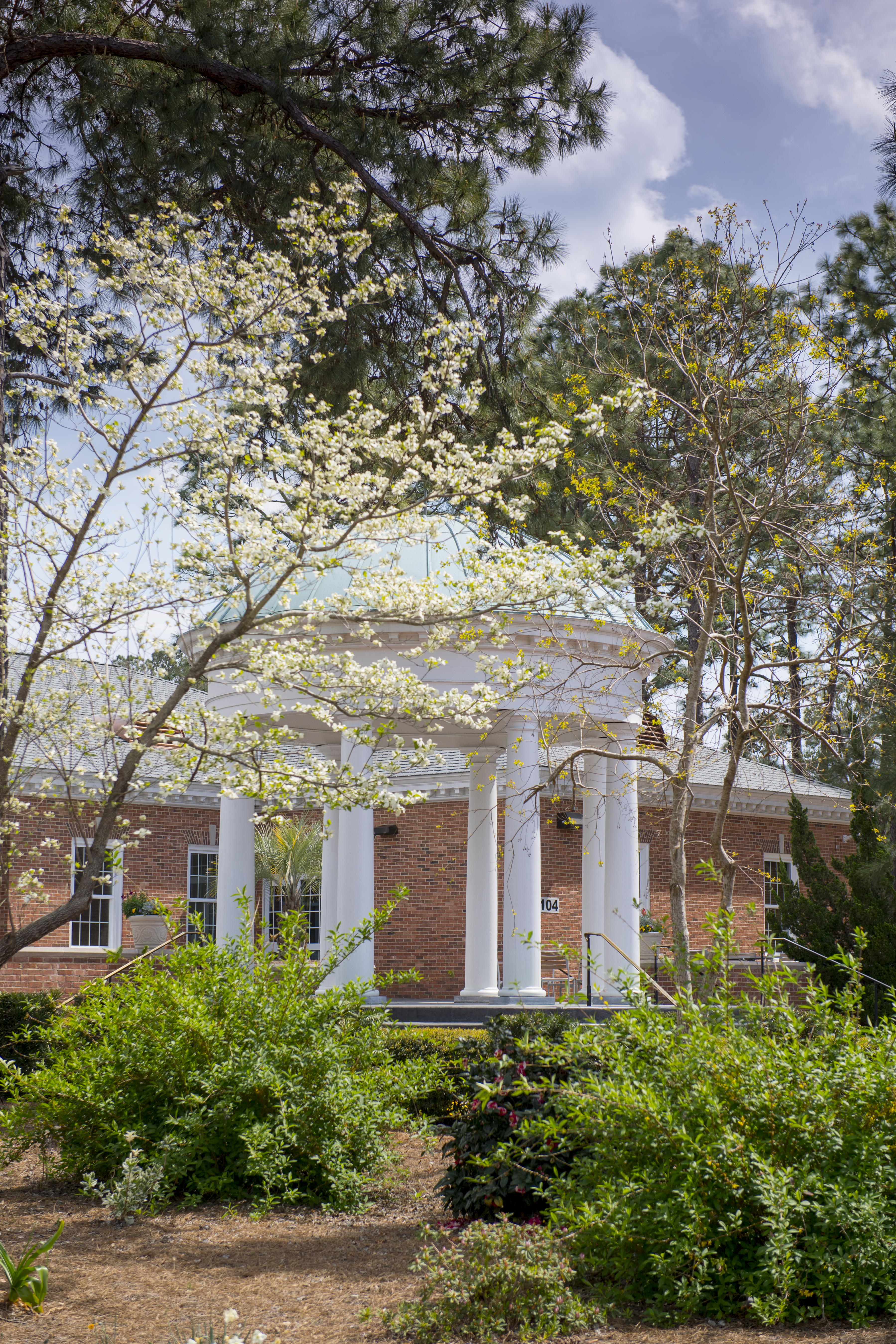CCU Arboretum
Fringetree
Common Name: American Fringetree, Old Man’s Beard, Grancy Greybeard
Scientific Name: Chionanthus virginicus
Species Range: Fringetrees are native to the southeastern United States. They prefer moist, well-drained soil and grow best in full sun to partial shade. In the wild, fringetrees like to grow on stream banks and in upland wooded areas. They can grow in USDA hardiness zones 3A to 9B.
Growth Characteristics: Fringetrees can grow to be 12 to 25 feet tall and often have multiple stems. Their bark is smooth and reddish-brown in color. They have dark green leaves that grow up to 8 inches long and turn yellow in fall. Fringetrees grow clusters of small white flowers in late spring. The flowers are fragrant and have petals that are 4-8 inches long. At the end of summer, they produce dark blue fruits that are about ¾ of an inch long.
Ecosystem Service Value: Fringetree fruits are a source of food for many animals. They also attract pollinators and provide shade.
Uses, Other Details: When flowering, fringetrees are very beautiful. They are often planted in lawns and gardens for this reason.
Threats: Some fungi cause spots to appear on the leaves.
Identification Tips and Tricks: Fringetrees can be told apart from pygmy fringetrees (Chionanthus pygmaeus) by the fact that pygmy fringetrees only grow up to 8 feet tall. Chinese fringetree (Chionanthus retusus) flowers appear after the leaves grow, unlike native fringetrees.
Species profile by Audrey Spann
References:
Gilman, Edward, et al. “Chionanthus Virginicus: Fringetree.” University of Florida, Institute of Food and Agricultural Sciences, 2018. https://edis.ifas.ufl.edu/publication/ST161
“Chionanthus Virginicus.” NC State Extension. https://plants.ces.ncsu.edu/plants/chionanthus-virginicus/





